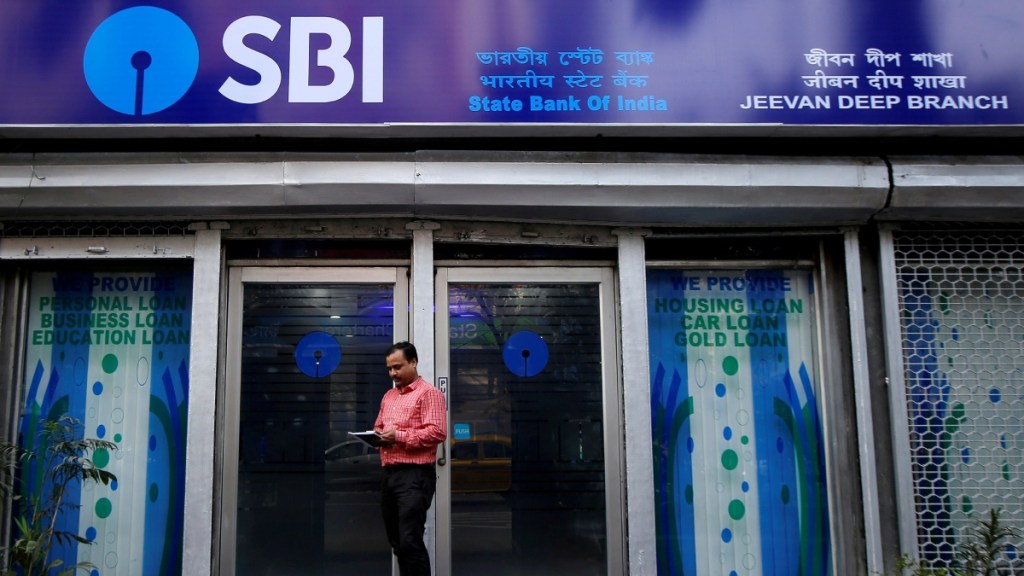State Bank of India’s (SBI) net interest margin (NIM) will likely moderate by a “maximum” of 2 basis points (bps)-3 bps in Q3FY24 due to the Reserve Bank of India’s (RBI) circular on hike in risk weights for consumer consumption loans, Chairman Dinesh Khara told reporters here today on the sidelines on FIBAC 2023.
The central bank hiked risk weight for bank lending towards consumer credit, including personal loan from 100% to 125%; NBFCs’ consumer loans from 100% to 125%; credit card receivables risk weight from 125% to 150% and for NBFCs’ credit card receivable, from 100% to 125%. During July-September, SBI’s NIM stood at 3.29%, lower than 3.33% a quarter ago and 3.32% a year ago.
According to Khara, the RBI was prompted to raise risk weights due to rise in Buy Now Pay Later (BNPL) type of products wherein there was “no assessment” of credit being done by lenders, and also was the driver of over 30% year-on-year (YoY) growth in lenders’ unsecured personal loans segment.
“Whatever we were doing (loan growth), we will continue to, but there would be a moderation (in personal loans). If at all my cost of funds are going up, I will certainly increase the interest rates (on segments where risk weights have been hiked),” Khara said. SBI’s retail personal loan stood at Rs 12.43 trillion as of September 30, up 16% year-on-year (YoY).
He added that market reports say that banks’ capital to risk (weighted) asset ratio (CRAR) will likely see a moderation of 60 bps, but that rise is not significant and impactful for SBI. “Banks always had that capital cushion, but in normal course they will have to claw back also (net profits), that claw back will give you capital,” he said.
Kotak Mahindra Bank Whole Time Director KVS Manian shared similar views, saying the bank’s NIM will likely see a moderation, but he did not share the exact degree of the margin squeeze. Manian says while the interest rates on unsecured credit may rise by up to 25 bps, whether it affects credit demand will have to be monitored. Manian said the capital adequacy ratio is above 21% in Kotak Bank and the lender does not foresee any capital raise requirement going ahead.
RBL Bank MD, CEO R. Subramaniakumar, meanwhile, said the lender’s NIM will likely be affected by 1 bps-2 bps during Q3 due to the RBI’s circular and CRAR will likely moderate by 60 bps.

